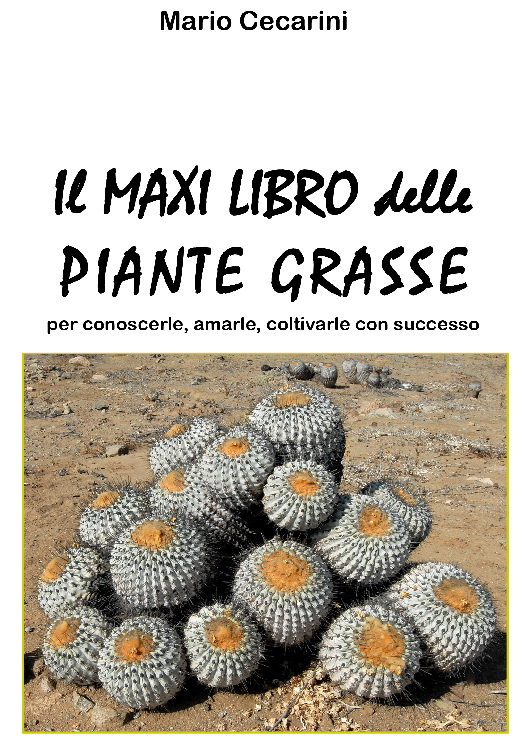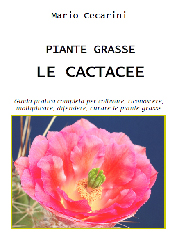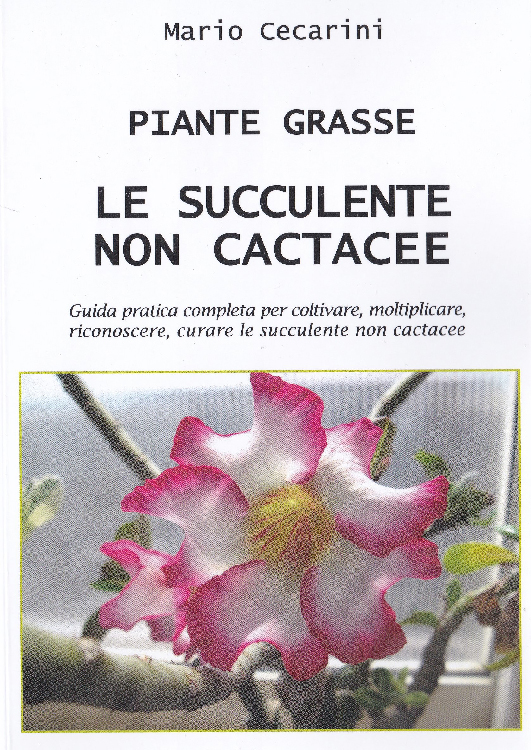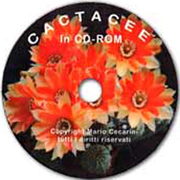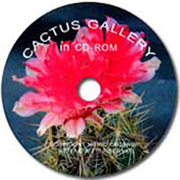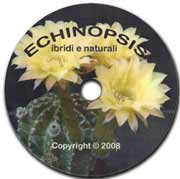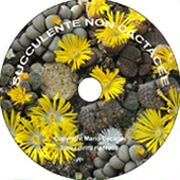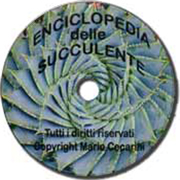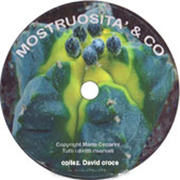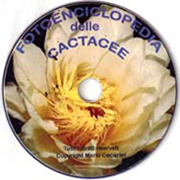Tribes: PERIPLOCEAE, CYNANCHEAE, MARSDENIEA, CEROPEGIEAE, STAPELIEAE.
Habitat: they occur in a wide range of climates, from temperate to subtropical or tropical regions and even deserts; semi-arid regions and forests of South Africa, Somalia, Ethiopia, the Mediterranean, Arabian Peninsula, China, Oceania.
Description: the family includes thousands of species grouped under some 240 genera (a quarter of which approximately are succulents) mainly leafless, with a shrub-like form, quite beautiful and sometimes bizarre. The inflorescences (sometimes racemes) bear hermaphrodite, pentamerous flowers with a complex structure. The peculiar star-shaped calyx consists of 5 sepals and 5 petals and may vary from one to thirty centimetres in diameter. Flowers usually have striking colours and shapes although many smell unpleasant in the daytime to attract the pollinating insects (mostly carrion-flies or dung-flies). Some genera grow in low-rainfall regions, others in forests. Many have a caudex and develop tendrils. The fruits (dehiscent follicles) ripen within one year after pollination and the seeds, furnished with a pappus, remain viable for a short time.
Soil: a mineral substrate obtained mixing equal parts of pumice stone, lapillus, and zeolite. Cover with a 2-cm (0.8 in)-deep layer of sand to protect the root collar.
Location: filtered light or dappled shade with good ventilation.
Temperature: the minimum temperature varies from 10 to 14°C (50 to 57°F) in relation to the species.
Water: scarse, only two or three times during the whole season of growth; the excess of moisture may cause rotting. Immerse the pot in a bucket of rainwater then allow it to drain off completely. The soil should become thoroughly dry before more water is applied. Be careful not to water plants while still dormant, so wait until they have put forth the new growth. Spray water from time to time in the winter.
Cultivation tips: they’re slow-growing and prone to collar rot. Propagation is from seed or cutting. Feed regularly from June to September adding three parts per mil of magnesium sulphate. Use systemic fungicides and insecticides. Genera with a rhizome or a caudex: Brachystelma, Ceropegia, Fockea, Kinepatalum, Raphionacme. Epiphytic genera: Dischidia e Hoya. Since the genera Tavaresia, Hoodia e Trichocaulon may be quite difficult in cultivation, it’s advisable to graft them onto stems of Ceropegia fusca or tubers of Ceropegia woodii.
Main genera of Asclepiadaceae: Brachystelma, Caralluma, Ceropegia, Cynanchum, Duvalia, Echidnopsis, Fockea, Hoodia, Hoya, Huernia, Orbea, Pectinaria, Piaranthus, Pseudolithos, Raphionacme, Sarcostemma, Stapelia, Tavaresia, Trichocaulon.




